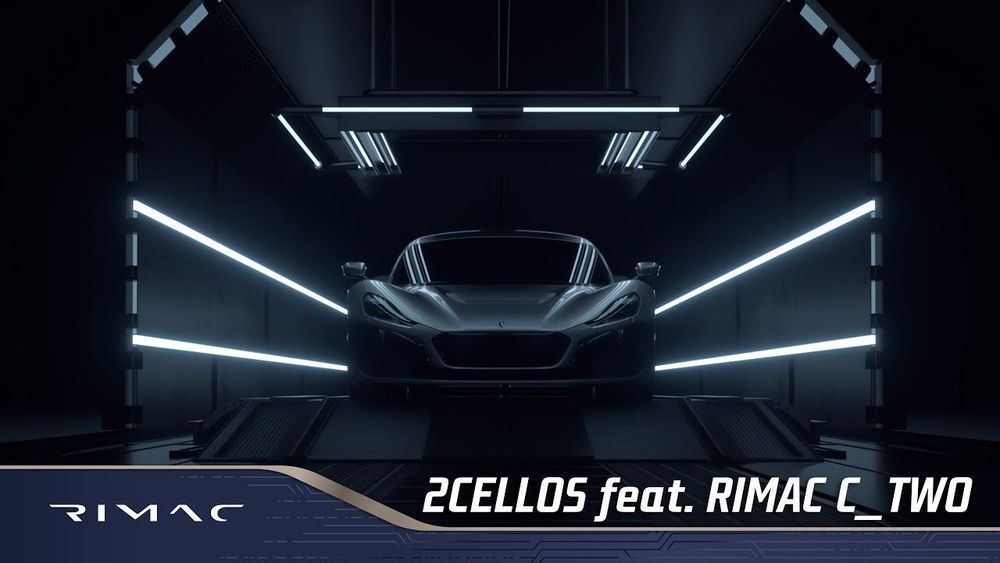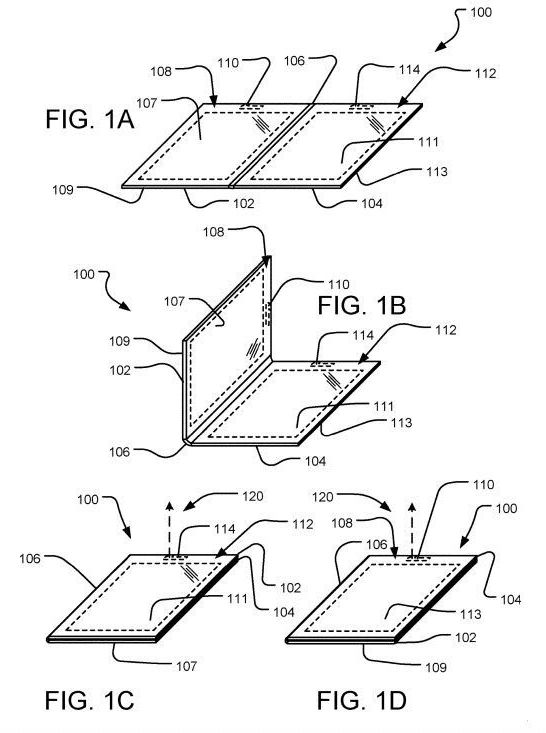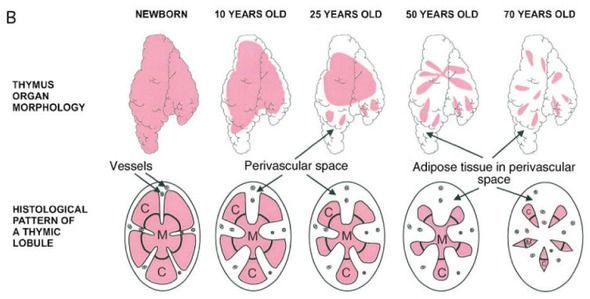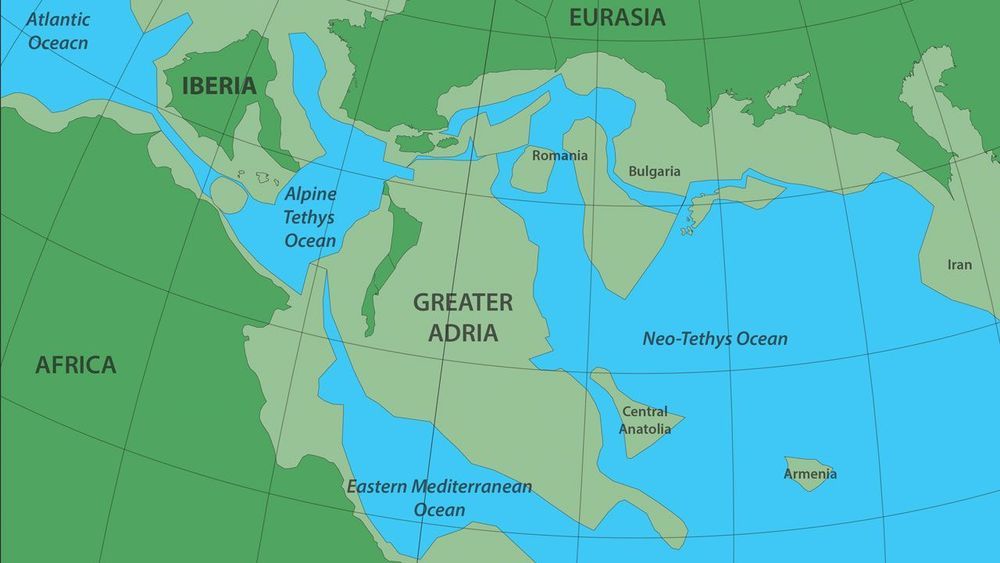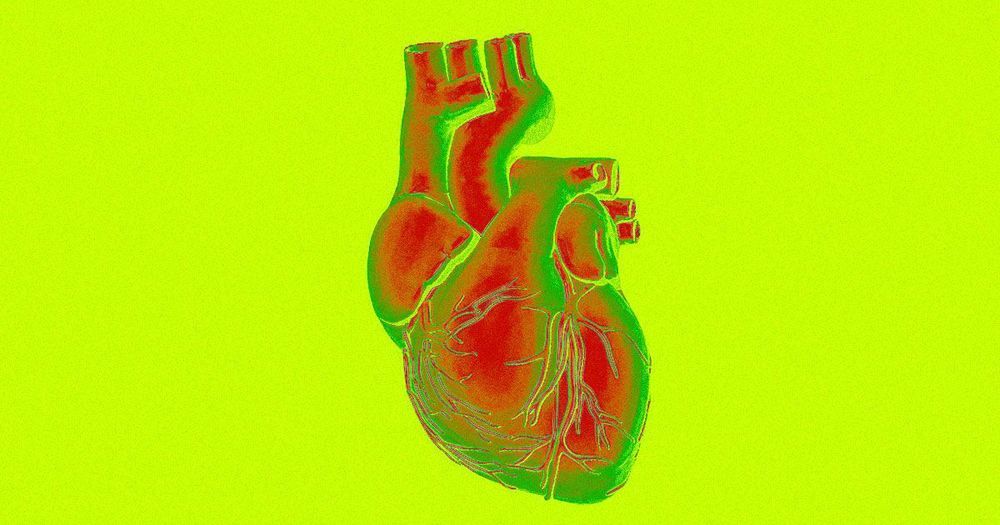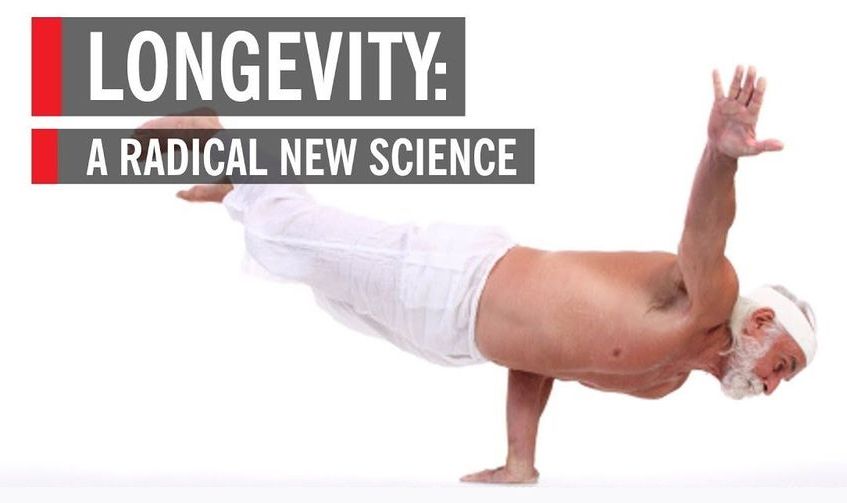Sep 7, 2019
Rimac Bumps Tesla’s New Roadster To Second Place With New Concept_Two
Posted by Omuterema Akhahenda in categories: Elon Musk, engineering, sustainability, transportation
When Elon Musk and the team at Tesla unveiled the Tesla Roadster 2.0, a new stake was pounded into the tarmac, cementing the new Roadster and electric cars as the performance kings in nearly every meaningful category. It puts supercars to shame and at a fraction of the price.
With such a high bar being set at such a low price point, a no holds barred electric supercar seemed to be the only thing that could possibly top the high marks set by the new Tesla Roadster. Travel with me over to unlikely Sveta Nedelja, Croatia, where Mate Rimac and his motley crew of twisted engineering geniuses at Rimac Automobili assemble battery powered beasts that shake the boots off even the most seasoned track driver.
Continue reading “Rimac Bumps Tesla’s New Roadster To Second Place With New Concept_Two” »
